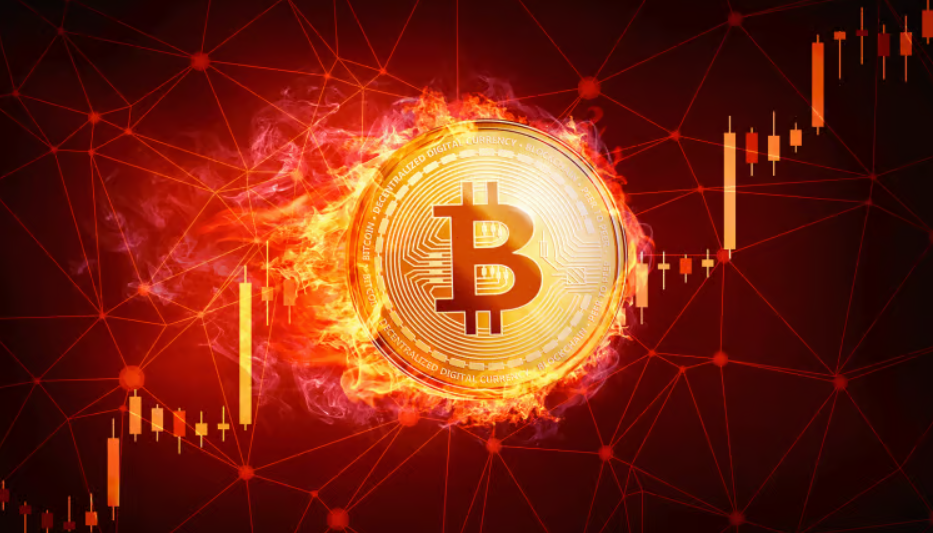
Coin burns have emerged as a noteworthy strategy in the crypto landscape that has left an indelible mark on the market dynamics of various digital assets. We will explore what it means and how it changes the market dynamics.
What is Coin Burns?
At its core, coin burns entails deliberately removing or destroying a predetermined quantity of a cryptocurrency’s tokens from circulation.
Unlike conventional crypto transactions where a crypto token or coin is transferred between parties, which usually ends in storing a coin in a crypto wallet, in coin burn, the token is sent to a wallet that cannot be used for any other purpose except receiving coins.
Suppose you are wondering why anyone would want to burn a cryptocurrency in circulation with a value associated with it. In that case, there are some particular reasons for that. The motivation behind coin burning revolves around shaping the economic characteristics of a cryptocurrency.
By intentionally reducing the circulating supply of a crypto token, the firm responsible for the processing addresses concerns regarding inflation and devaluation of the crypto token.
Any economics student or a person with a basic understanding of supply and demand would know that if there is a demand for a particular object and that available object is scarce, then its price would grow since there is an increased demand for it.
Similarly, in cryptocurrency, coin burning introduces an element of scarcity, where you get the sense of exclusivity and rarity among the remaining tokens once the rest goes through the burn process.
As we dive deeper into the mechanics of burning a crypto token, we look at the various tools in play to ensure the successful destruction of tokens. For now, you must understand that coin burning is not a solution for all crypto tokens who want to improve their valuation.
There are specific reasons for burning crypto tokens, as each cryptocurrency project has unique motivations and objectives. Therefore, its implementation also varies among different projects.
Mechanics of Coin Burn
Coin burn is not just a random process where you send a bunch of crypto tokens to burn and never see the proverbial light of the day in the crypto world. Many mechanics are involved in executing a coin burn, which is fundamental to understanding its impact on the cryptocurrency ecosystem.
Coin burn follows a structured set of procedures executed through Smart Contracts. Smart contracts play a vital role in automating the process of coin burning. The self-executing contracts are programmed with predefined instructions that dictate when and how the coin-burning process should occur.
Once those conditions are met, the smart contracts execute the destruction process by sending the coins to a wallet address from where there is no return for them back into the market for circulation. The smart contracts autonomously trigger the destruction of these tokens without any outside interference.
The burned tokens are sent to a unique wallet address called a Burn Address. The address is designed to be unusable, meaning it doesn’t have a corresponding private key. As a result, the tokens sent to this address are locked away and permanently removed from circulation.
One standard method we have discussed regarding coin burn is the straightforward destruction of tokens by permanently removing them from circulation, and another strategy involves Strategic Buyback of the circulating tokens, in which the project repurchases the desired number of tokens from the market, essentially removing them from circulation.
Whichever method the project adopts depends on its objectives and the desired impact it wants to create on the supply dynamics.
The blockchain serves as the infrastructure facilitating these coin burn transactions. Blockchain’s decentralized and secure nature ensures that the coin burn process is transparent, tamper-resistant, and verifiable.
Every coin burn event is recorded on the blockchain, creating an immutable ledger of token destruction. Transparency is essential for maintaining trust within the community and providing a clear audit trail of the changes in the token supply.
Reasons for Coin Burn
There are several reasons why a crypto project burns some currently circulating tokens. The deliberate act has a lot of desired strategic outcomes that force the process of burning crypto tokens.
Controlling Inflation
The primary reason for initiating a cryptocurrency burn is to control the inflation within the cryptocurrency’s ecosystem.
Suppose a project is systematically reducing the circulating supply of its crypto tokens. In that case, it aims to counter the potential devaluation of the token value that could arise from an unchecked increase in the number of tokens in circulation.
One question that arises here is that if the projects want to burn tokens to control inflation, why are they issuing them in the first place? There are several reasons for that.
Firstly, issuing tokens helps raise funds (through ICOs) and incentivizes participation in the project’s ecosystem (e.g., rewarding miners or users). It also fosters community building and attracts early adopters.
Secondly, maintaining some token supply is crucial for easy trading and use within the network.
Finally, projects might keep some tokens in reserve for future needs like team compensation or partnerships.
Coin burns then manage inflation and potentially increase token value by creating scarcity, similar to traditional economic principles where limited supply often correlates with higher value.
Enhancing Perceived Value
Once you have burned a particular supply of cryptocurrency tokens, the remaining tokens will increase their perceived value simply because they have become rarer and more exclusive.
It is a psychological effect you create when you know the market is always looking out for crypto tokens that have an excellent potential to increase in the future and have a limited supply.
They want to gain as much leverage as they can by acquiring those tokens to sell them at a higher price in the future to increase their financial health or strengthen their crypto portfolios.
Boosting Investor Confidence
Another reason you might see the deliberate destruction of crypto tokens is to appease the investors. What we mean is that those investors who have invested heavily in a particular crypto token but are not praising the increasing inflation the coin is witnessing wouldn’t want to hold the token much longer and pursue other avenues.
By carrying out this strategic move, you ensure that you keep your significant investors happy and in the game, as they know that this process will benefit them more in the long run. The transparency and commitment to maintaining a healthy token ecosystem can prove beneficial to not only retain current investors but also attract new ones and instill a level of confidence among them.
Tokenomics Alignment
For many projects, coin burn aligns with their broader tokenomics strategy. It complements the overall design of the cryptocurrency by fine-tuning the balance between supply and demand.
A cryptocurrency project aims to create a more balanced and sustainable ecosystem by strategically burning tokens. The adjustment is similar to fine-tuning the gears of a machine, ensuring that the relationship between those who hold the tokens, those who use them, and the project itself remains healthy.
The ultimate goal is to strengthen the overall framework of the cryptocurrency, making it more resilient in the face of market dynamics.
Examples of Successful Coin Burns
We will look at some real-world examples of crypto projects that have successfully initiated and completed coin burns so that you can get some tangible insights into how and why these processes are created.
Binance Coin (BNB)
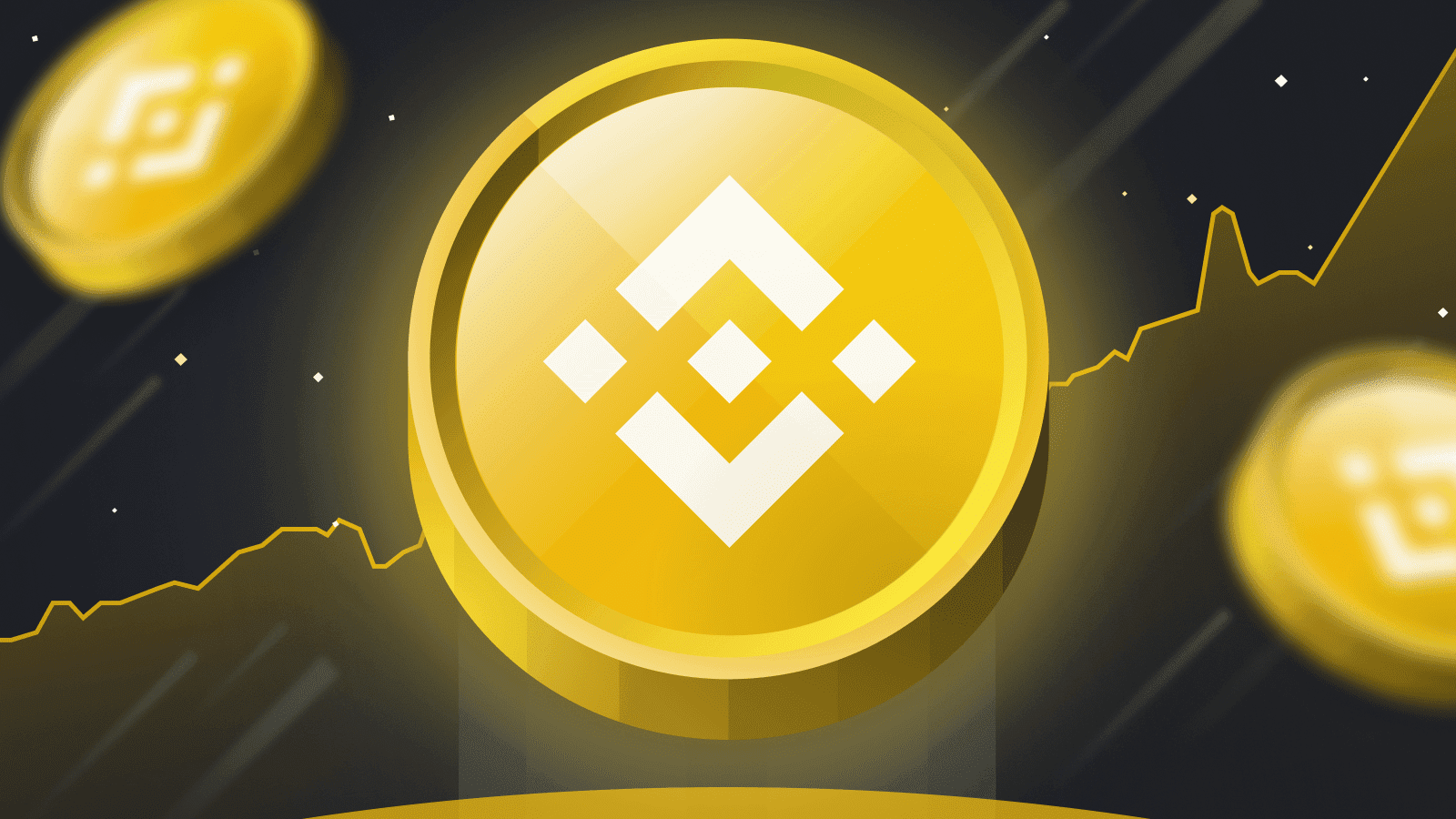
Binance Coin, the native cryptocurrency of the Binance exchange, has implemented a systematic coin burn mechanism.
Binance commits to using 20% of its profits to repurchase and burn BNB tokens. The approach reduces the circulating supply of BNB and contributes to the token’s overall scarcity.
Ripple (XRP)
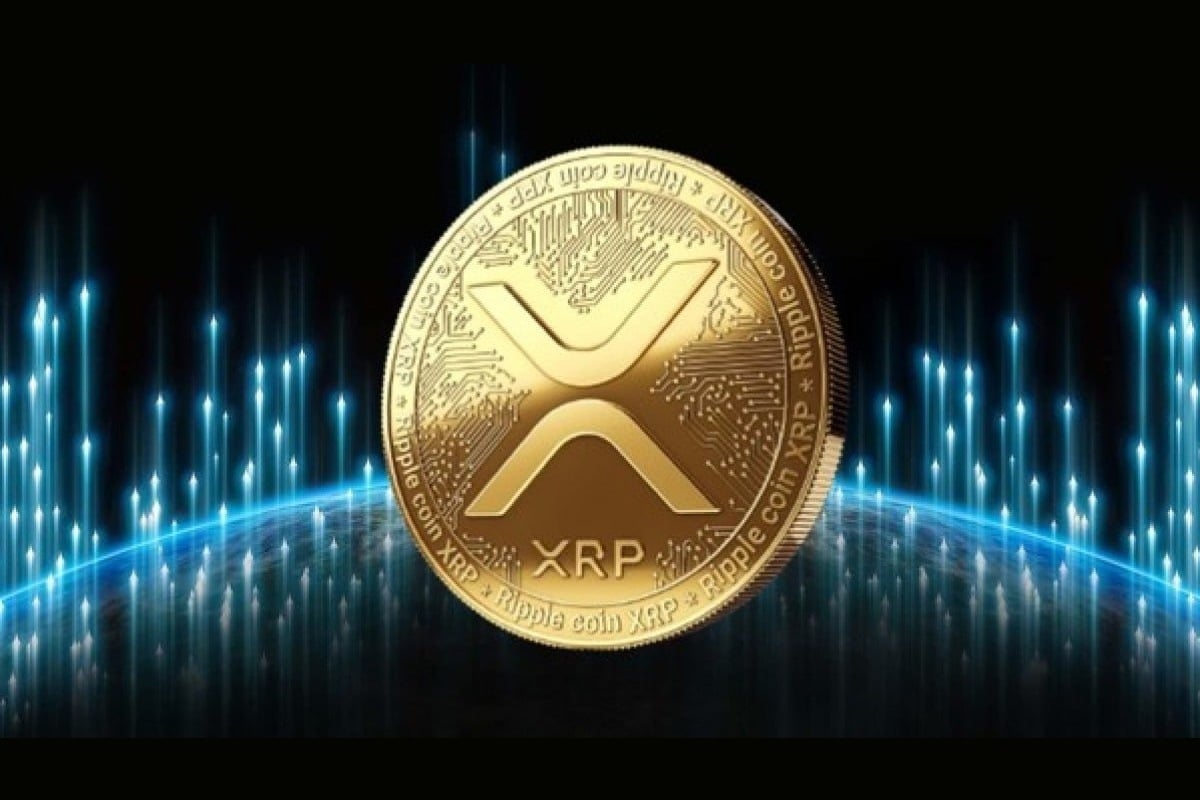
Ripple, known for its focus on facilitating cross-border payments, employs a unique approach to token supply management.
Ripple’s XRP utilizes a voluntary escrow system where a significant portion of its tokens is placed in escrow accounts.
These escrowed tokens are periodically circulated, contributing to a controlled and predictable token release schedule.
Although different from traditional coin burns, the method achieves a similar effect by influencing the available supply of XRP in the market.
TRON (TRX)

TRON, a blockchain platform for decentralized applications (DApps), has also embraced coin burn as part of its tokenomics strategy.
TRON periodically conducts coin burns based on the total amount of TRX used for transaction fees. The method ties the reduction of token supply directly to the platform’s usage, creating a correlation between transaction activity and token burn.
PancakeSwap (CAKE)
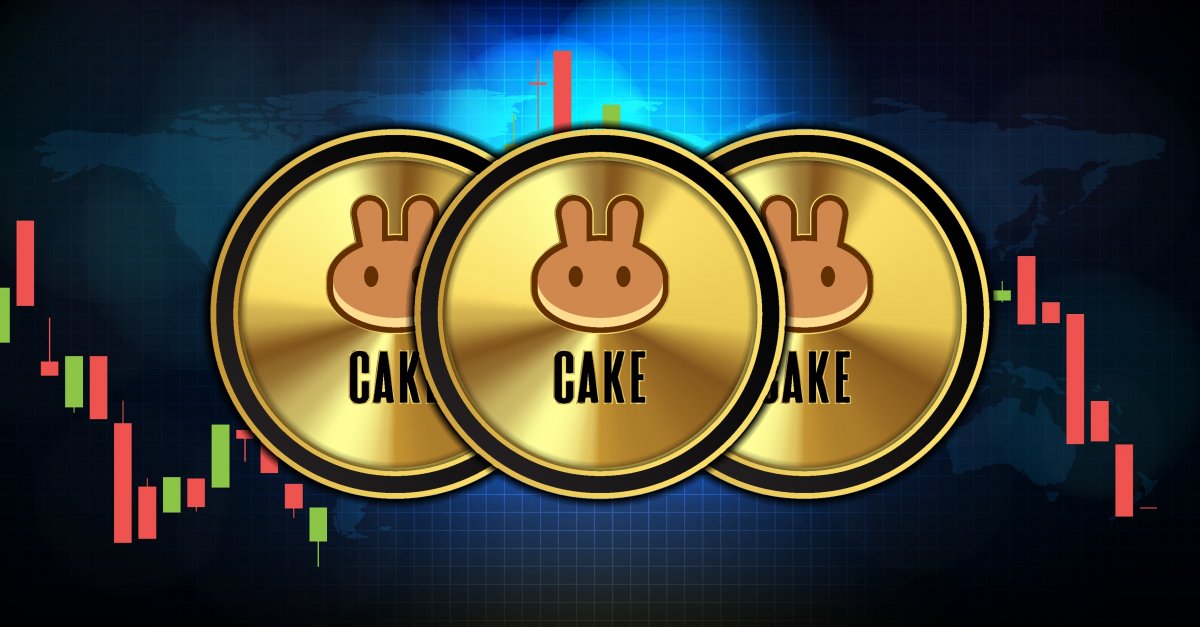
The popular decentralized exchange on the Binance Smart Chain burns some of its CAKE tokens from various sources, including trading fees, lottery winnings, and IFO (Initial Farm Offering) sales. These burns aim to create deflationary pressure and potentially boost CAKE’s value over time.
Shiba Inu (SHIB)
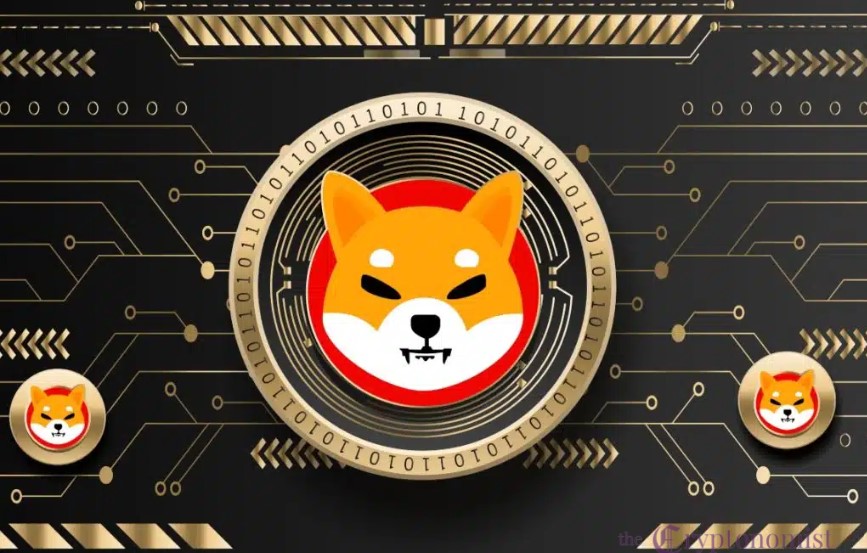
SHIB, a meme coin with a large community, has engaged in significant coin burns through voluntary efforts and initiatives. These burns, often driven by community sentiment, aim to reduce SHIB’s massive supply and potentially increase its price.
These examples illustrate how diverse cryptocurrency projects employ coin burn strategies to achieve specific objectives. Whether through buybacks, voluntary escrow, or tying coin burns to platform activity, these initiatives aim to enhance the perceived value of the remaining tokens.
Critiques and Controversies Surrounding Coin Burn
While coin burn has become a widely adopted strategy in cryptocurrency, it is not immune to criticisms and controversies. As this practice gains prominence, some skeptics within the crypto community voice concerns regarding its impact on the ethos of blockchain technology.
Centralization Concerns
One of the primary criticisms revolves around the potential centralization of decision-making power. Coin burn initiatives are sometimes orchestrated by a select group of stakeholders or the project’s leadership.
The concentration of influence raises questions about the democratic nature of these decisions and the potential exclusion of diverse perspectives within the community.
Fairness and Transparency
Critics also express concerns about the fairness and transparency of coin burn events. If not conducted with clear communication and adherence to predefined rules, coin burn initiatives could be perceived as favoring specific individuals or groups.
Lack of transparency in the execution of coin burns can erode trust and lead to accusations of favoritism, which would see the general community not favoring investing in the crypto project anymore and looking for possible alternatives.
Governance Challenges
Some argue that coin burn strategies may introduce governance challenges. Deciding on the optimal quantity and timing of coin burns requires effective governance structures.
If these structures are not well-defined or inclusive, it can lead to disputes and disagreements among community members.
Short-term market manipulation
While coin burns can benefit long-term holders, they might artificially inflate token prices in the short term, creating unrealistic expectations and potentially leading to market crashes if the project fails to deliver on its promises.
Focus on speculation
An overemphasis on token price through coin burns can shift the focus away from the project’s core utility and functionality, potentially attracting investors who are solely interested in short-term profits rather than long-term value creation.
Conclusion
In conclusion, the concept of coin burn has proven to be a dynamic force shaping the trajectory of various cryptocurrencies.
As we navigate its mechanics, motivations, and real-world examples, it’s clear that coin burn is more than a supply reduction mechanism; it’s a strategic tool influencing market dynamics and investor sentiment.
Note: This article aims to inform our readers about the process of coin burns and the possible perceived outcomes of the process. It is not to be perceived as an investment strategy where you think that investing in tokens that are nearing a burn mechanism can provide you with a chance to incentivize your profits and improve your crypto portfolio. Always do your due diligence and conduct proper technical and risk analysis before investing in any cryptocurrency token.




